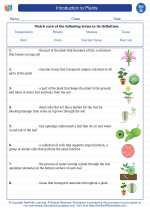Introduction to Plants -> ocean
Ocean
An ocean is a large body of saline water that covers a significant portion of the Earth's surface. It is a crucial part of the global ecosystem and plays a vital role in regulating the Earth's climate, providing food and resources, and supporting diverse marine life.
Key Concepts to Understand
- Oceanography: The scientific study of the ocean, including its physical and chemical properties, marine life, and ecosystems.
- Ocean Zones: The ocean can be divided into several distinct zones, including the sunlight zone, twilight zone, and midnight zone, each with unique characteristics and marine life.
- Marine Ecosystems: The ocean is home to a wide variety of ecosystems, including coral reefs, kelp forests, and deep-sea vents, each with its own unique organisms and environmental challenges.
- Ocean Currents: These are continuous, predictable, directional movement of seawater driven by forces such as wind, temperature, and salinity differences.
- Human Impact: The ocean is facing numerous threats from human activities, including pollution, overfishing, and climate change, which can have significant and far-reaching consequences.
Study Guide
As you study the ocean, consider the following questions and topics:
- What are the major oceans of the world, and what are their unique characteristics?
- What are the physical properties of seawater, and how do they impact marine life and ecosystems?
- What are the different zones of the ocean, and what organisms are found in each zone?
- How do ocean currents influence global climate patterns and marine life distribution?
- What are the primary threats to the ocean, and what can be done to address these challenges?
Additionally, consider conducting research on specific marine ecosystems, endangered species, and conservation efforts related to the ocean to deepen your understanding of this complex and critical part of our planet.
Remember to take notes, create visual aids such as diagrams and charts, and review key concepts regularly to reinforce your understanding of the ocean and its importance to our world.
.◂Science Worksheets and Study Guides Seventh Grade. Introduction to Plants
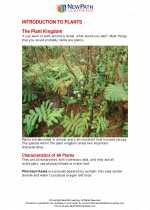
 Worksheet/Answer key
Worksheet/Answer key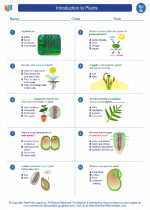
 Worksheet/Answer key
Worksheet/Answer key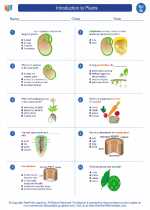
 Worksheet/Answer key
Worksheet/Answer key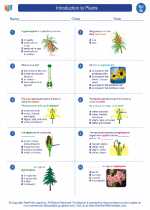
 Worksheet/Answer key
Worksheet/Answer key
 Vocabulary/Answer key
Vocabulary/Answer key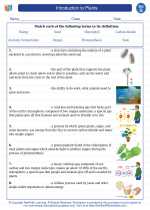
 Vocabulary/Answer key
Vocabulary/Answer key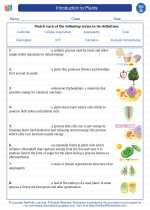
 Vocabulary/Answer key
Vocabulary/Answer key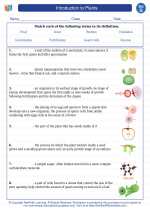
 Vocabulary/Answer key
Vocabulary/Answer key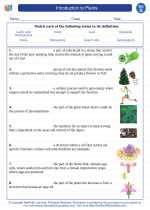
 Vocabulary/Answer key
Vocabulary/Answer key